TPO - Archaeologists have unearthed what could be Europe's largest prehistoric burial mound before excavating an area next to a highway in the Czech Republic.
According to a translated statement from the University of Hradec Králové (UHK), the burial mound is about 190m long, almost twice the length of an American football field, and about 15m wide at its widest point, lying along a northeast to southwest axis.
Archaeologists believe it dates back to the fourth millennium BC, making it one of the earliest burial sites ever found in Europe.
This period coincides with the period of the Funnel-Beaker people who lived in the area from 3800 to 3350 BC and were named for the distinctive ceramic vessels presented as funerary objects in many of their graves.
"This burial is the longest prehistoric mound not only in the region but probably in all of Europe," said Petr Krištuf, an archaeologist at UHK.
According to UHK's Facebook, in addition to the two main graves in the mound, which may have belonged to high-ranking members of the prehistoric community, about 30 graves believed to date from the same time period were also found nearby.
Highway project uncovers Europe's oldest tombs
The tomb was found during archaeological excavations next to the highway between the city of Hradec Králové and the village of Sadová, about 88 km east of Prague.
The burial mound is no longer visible above ground because it lies in a densely cultivated area that was cleared at some point. However, archaeologists have found buried evidence of a trench surrounding the burial mound. Similar trenches around other burial mounds in the area contain post holes from wooden fences, but such evidence has not been found at this site.
Both central graves contained the skeletons of single individuals lying on their left side with their heads facing north. One of these individuals was buried in a pit with gutters on each side and pillars at the corners. He was buried with a ceramic vessel that may have been a burial object, and the second central grave also contained five pieces of used flint.
Prehistoric burial
Researchers are still analyzing the site from traces of four ancient tombs discovered inside the mound itself in the hope of finding out whether the people buried there were related to the high-status people in the central tombs.
Archaeologists believe that the original tomb was built at this site and other tombs were also built there in later generations.
"The first results show that the massive burial mound existed here for centuries and that local funeral and ritual activities took place nearby. It was an important ceremonial site at that time," said researcher Kristuf.
According to Live Science
Source: https://tienphong.vn/phat-hien-go-chon-cat-6000-nam-tuoi-co-nhat-o-chau-au-post1653067.tpo




![[Photo] Prime Minister Pham Minh Chinh inspects the progress of the National Exhibition and Fair Center project](https://vphoto.vietnam.vn/thumb/1200x675/vietnam/resource/IMAGE/2025/5/19/35189ac8807140d897ad2b7d2583fbae)

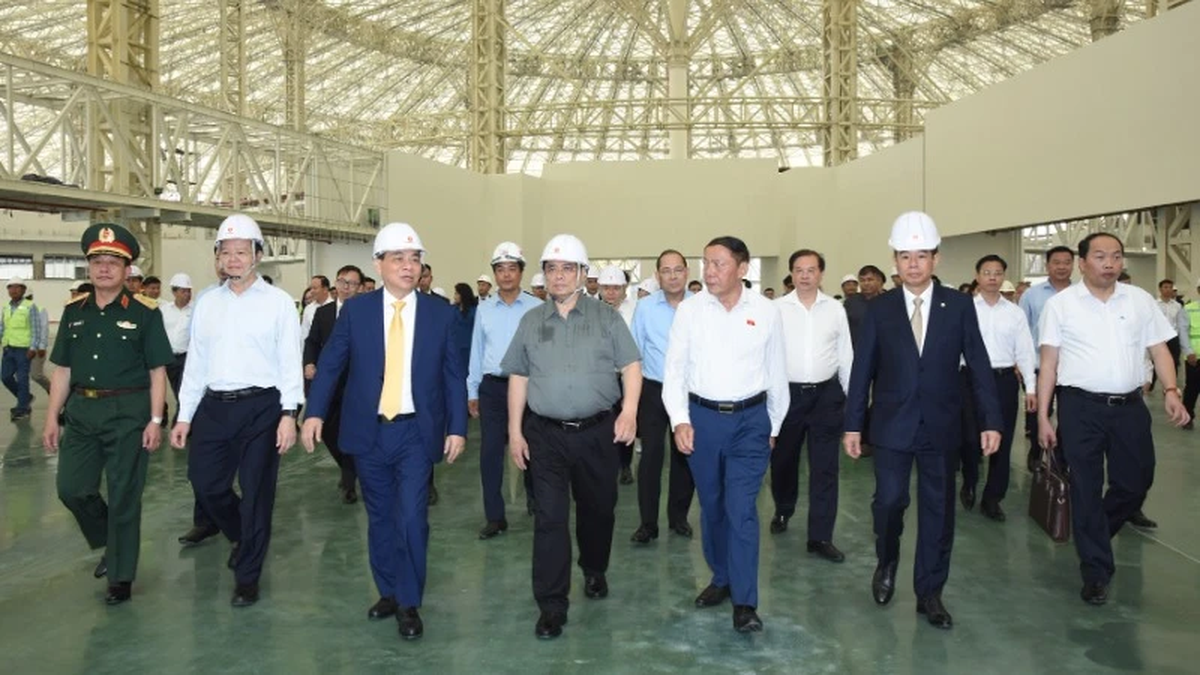

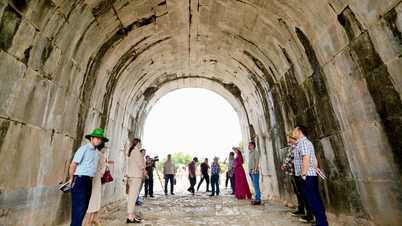



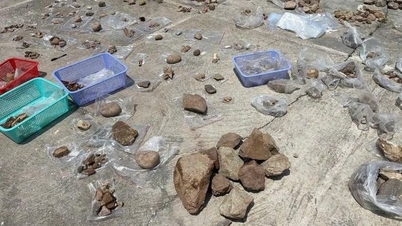

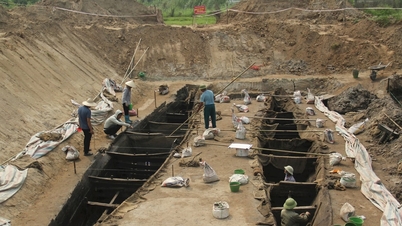

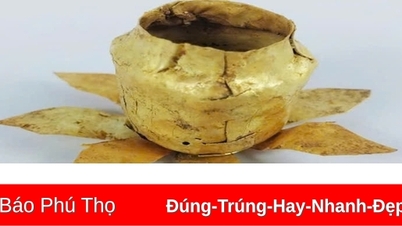



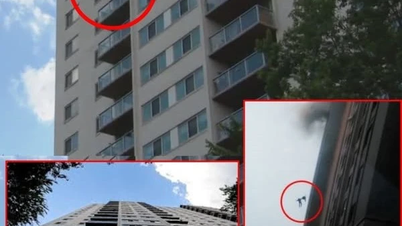

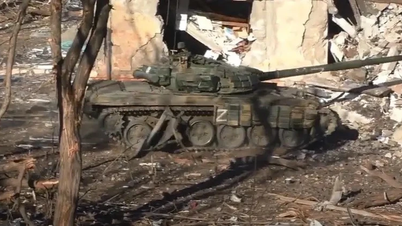


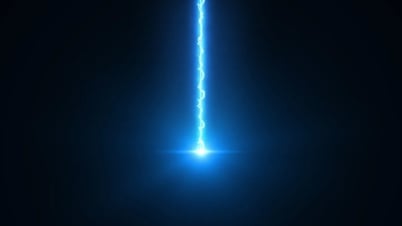







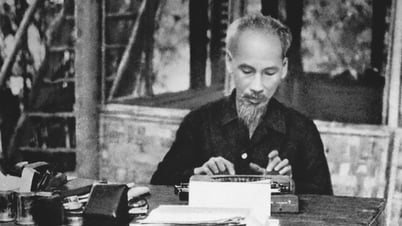









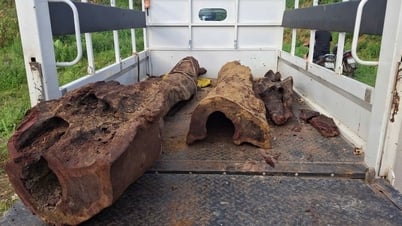










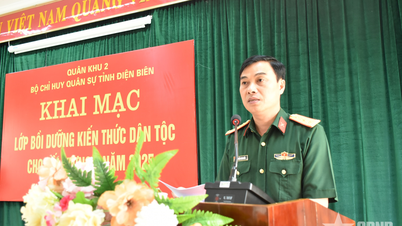
















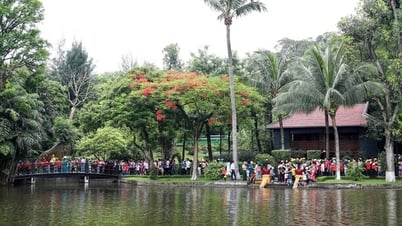



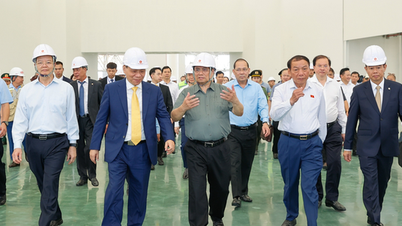




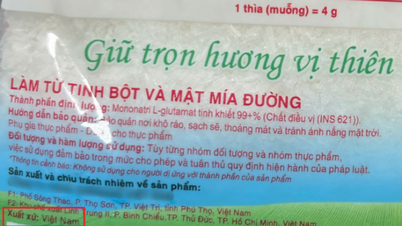



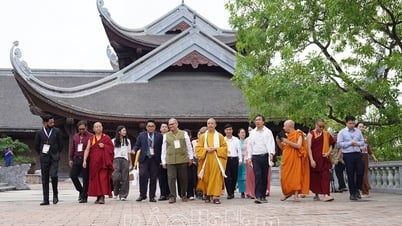

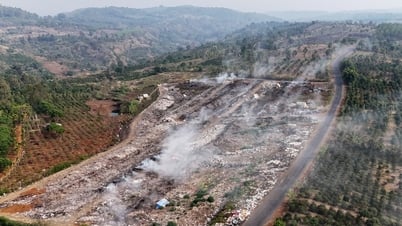






![[VIDEO] - Enhancing the value of Quang Nam OCOP products through trade connections](https://vphoto.vietnam.vn/thumb/402x226/vietnam/resource/IMAGE/2025/5/17/5be5b5fff1f14914986fad159097a677)







Comment (0)